My Papa Haydn, The Ultimate Therapist

A story of healing and recovery
Read Basil Porter’s incredible story of healing and recovery.
I had actually worked on myself. Not crying, not depressed, just repeating like a mantra, “You were really lucky to survive, you managed to play the first and second violin and viola parts for a lot of the chamber music repertoire over thirty years of chamber music playing. From now on, you will just enjoy listening.” It felt okay, not even very sad. I had suffered a spinal cord injury, had major surgery to remove a broken vertebra in my neck and fixate the remaining ones, and looking at some of the other survivors of the train accident who were either dead, paralyzed or with other major injuries, I really was wondering how I was still around to even think about music. In the first days after the accident my right arm had been completely paralyzed, a flaccid piece of meat hanging at my side, my left arm weak and moving weakly.
Now some weeks later, as my brain began to function again, I started to read a little, listen to a little music and think about the rest of my life that lay ahead. I was beginning to walk and use my arms, with terrible posture due to various pains all over my body. My right arm was still very weak, my hand muscles were wasted and I had chronic pains in my arms, not responding to any known treatment. I started the slow process of trying to return to my previous world, starting with eating with a knife and fork, showering and shaving without help and then returning to part time work. Playing the violin or viola was not on the agenda.
Then a cellist friend, who herself had suffered a stroke and returned to playing, suggested I start playing again. Try, ten minutes at a time, no more. I lifted the violin out of the case, went through the familiar routines of placing the shoulder rest, putting rosin on the bow, tuned the strings and launched into some Mazas scales. The noise was awful, a whining thin tone, no vibrato, with fingers moving like lumps of lead, the brain and fingers in supreme dissonance. Then came the invitation to try playing some Haydn quartets, leisurely, just a movement or two. I said I would try – my chamber music friends knew that using my passion and addiction to the Haydn quartets was like a piece of steak in front of a greyhound. I lasted through one quartet, allegros played as adagios, my body aching, my arm feeling as though it was holding a double bass, my bow refusing to produce any sound that resembled music. There was a limit to the support that I could expect from my friends.
I returned to persuading myself that I had entered “listening mode” for my remaining years.
But I kept squeezing rubber balls and doing the occasional ten-minute practicing of some scales and a little slow, unaccompanied Bach. Then some sounds started to emanate, resembling those from my past. Suddenly, one day, a passage from the Opus 20 #2, the operatic period of Haydn, emerged as “almost music.” I took the plunge and went to some longer sessions, finding the viola less taxing for finger dexterity at first, then finding the fingers moving well enough to return to the violin. My body still ached in a lot of places, playing spiccato on the lower strings was hell, but I was staying the pace.
And then it happened. At the end of a long day of playing quartets and quintets on the viola, I grabbed a late night threesome and launched into Haydn Opus 76 #1, followed by Opus 33 #1 with its pleading, recurring theme in the slow movement. It was not the standard of the pre-accident years, there was quite a bit of cheating in the Presto, but it was working – I was embracing the master again, my ultimate rehabilitation goal. My Papa Haydn, the ultimate therapist.
Basil Porter (Vn/Va) is a pediatrician practicing in Tel Aviv, Israel. He suffered a severe spinal cord injury in a train wreck in 2005, on a train journey from Tel Aviv to Beersheva in the south of the country.
His story was first published in the 2009-3 ACMP Autumn Newsletter.
More Articles

Drab, Inconspicuous, and Quiet No More
Washington, D.C.area pianist and choral conductor Sonya Subbayya Sutton is a passionate advocate of the work of women composers. Read about some of her favorite women composers and discover new chamber repertoire from her list.Read More ↗
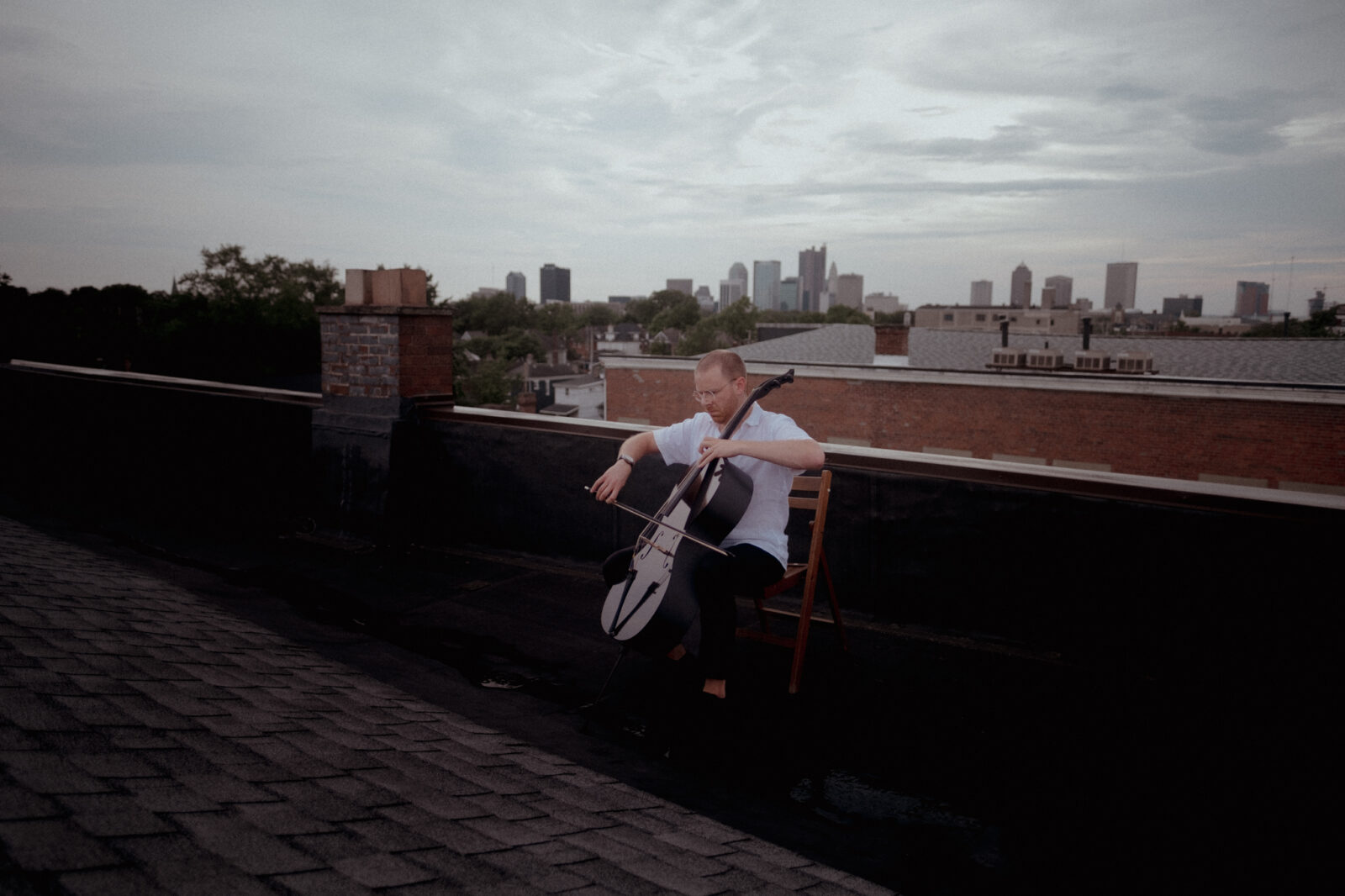
Andrew Brush: An amateur cellist with a global reach
After ACMP’s modest beginnings nearly 80 years ago, ACMP has grown to have a global membership, and perhaps nobody embodies this boundary crossing more than Andrew Brush. With his cello in tow, he splits his time between his home in Columbus, Ohio, and Buenos Aires, with visits to Europe and Istanbul, where his wife is from. Along the way, he has developed diverse musical interests, with influences ranging from Argentina to Mali. We caught up with Andrew recently after he had returned to Columbus, where he serves as a member of the ACMP North American Outreach Council.Read More ↗
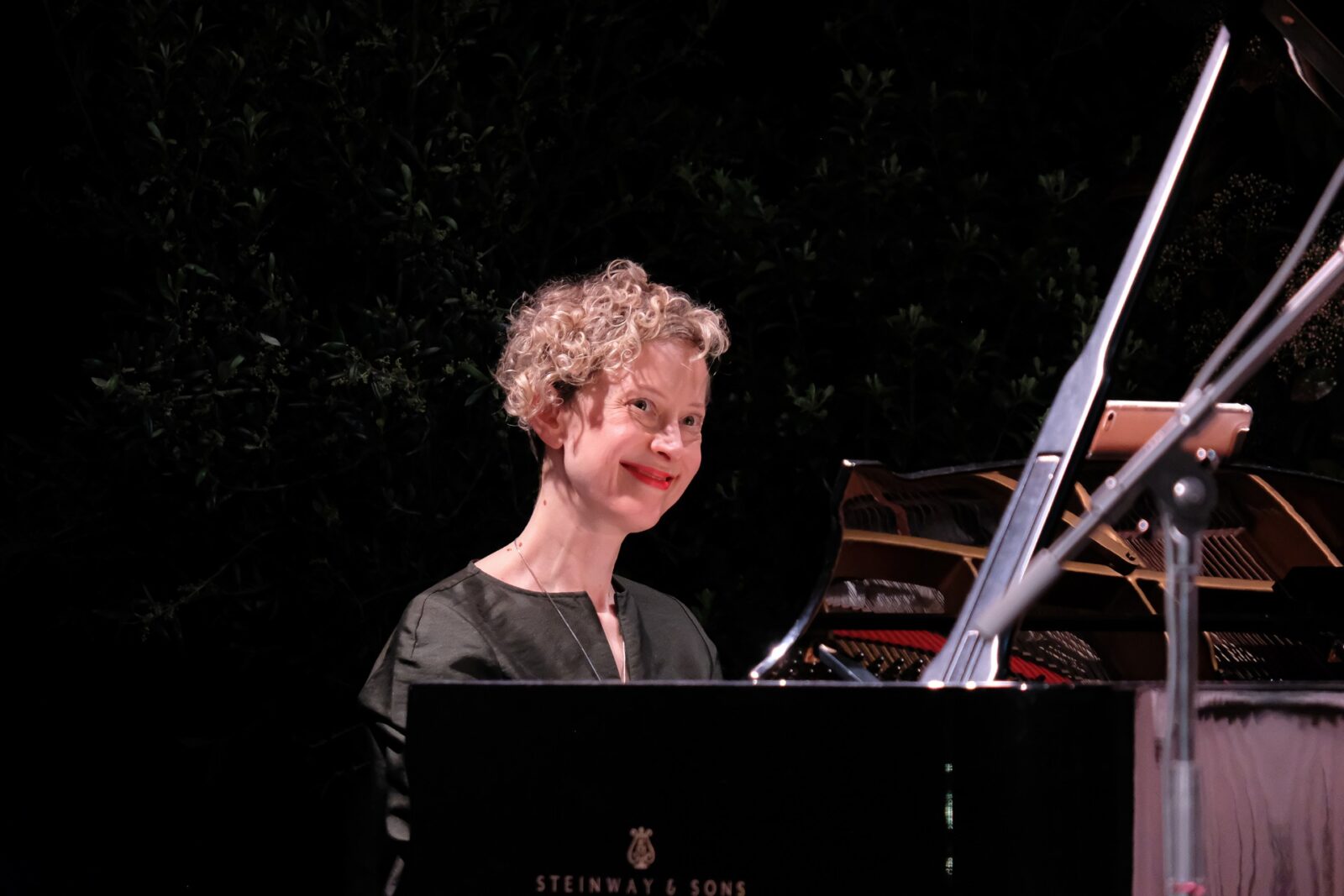
Befriending Performance Anxiety: simple tips for success
Performance anxiety is a universal experience, a survival mechanism that is hard-wired. Many of us react with shaky hands, lack of focus, shallow and fast breathing, rapid heart rate, and even feeling queasy. This is all perfectly natural - our protective sympathetic nervous system comes online to save us from danger, real or imaginary! Join Dr. Xenia Pestova Bennett for a free online webinar about managing performance anxiety on Thursday, October 30th at 6pm UK/Ireland time.Read More ↗
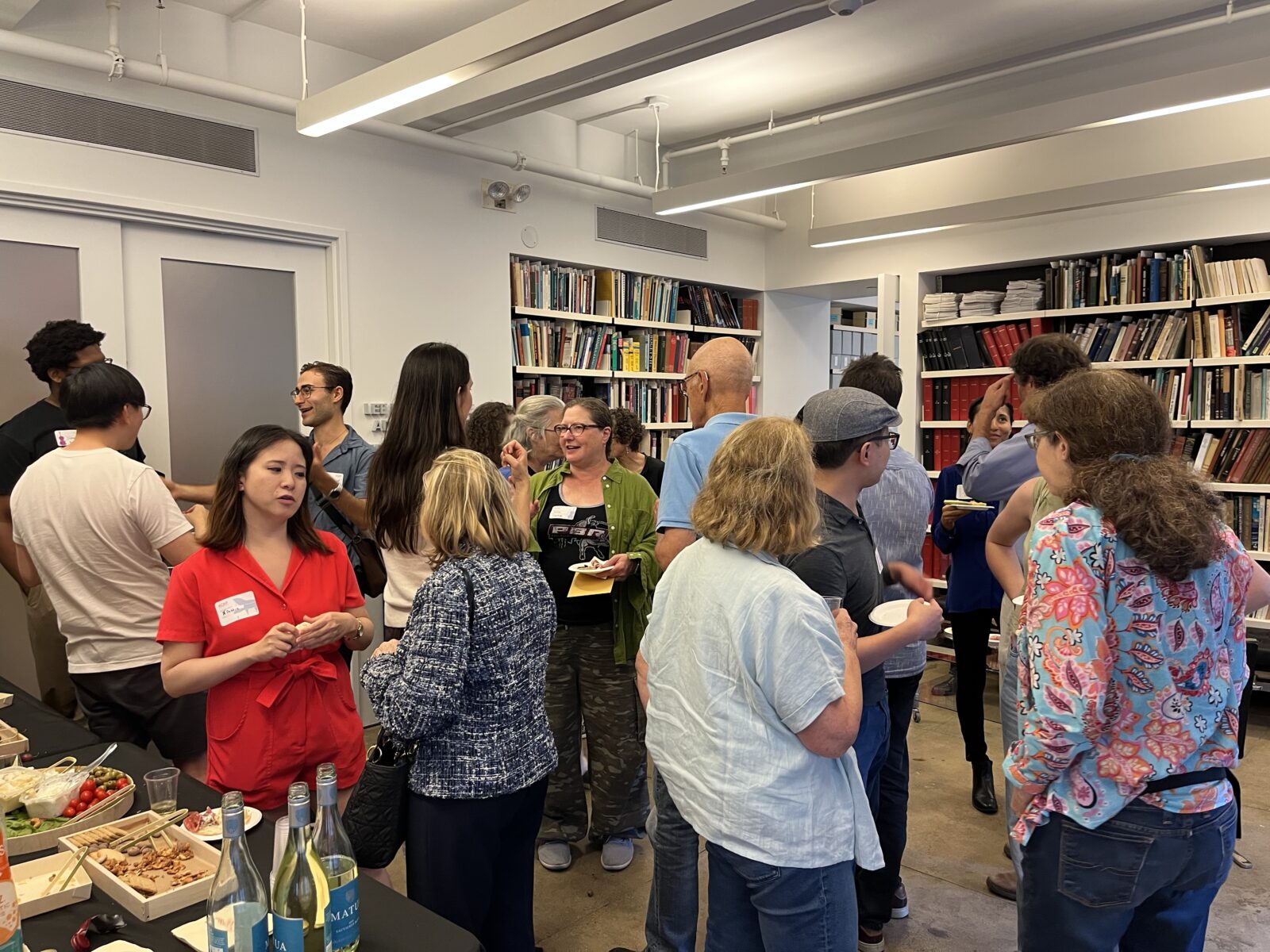
The Great American Play-In: ACMP and ACO
On Saturday, September 13 ACMP embarked on its first collaboration with the American Composers Orchestra (ACO). Together we organized a Play-In focused entirely on music by twentieth and twenty-first century American composers. Over the course of three hours, forty-five musicians discovered sixteen pieces or sets of pieces by a wide range of American composers, spanning from 1896 through 2025.Read More ↗
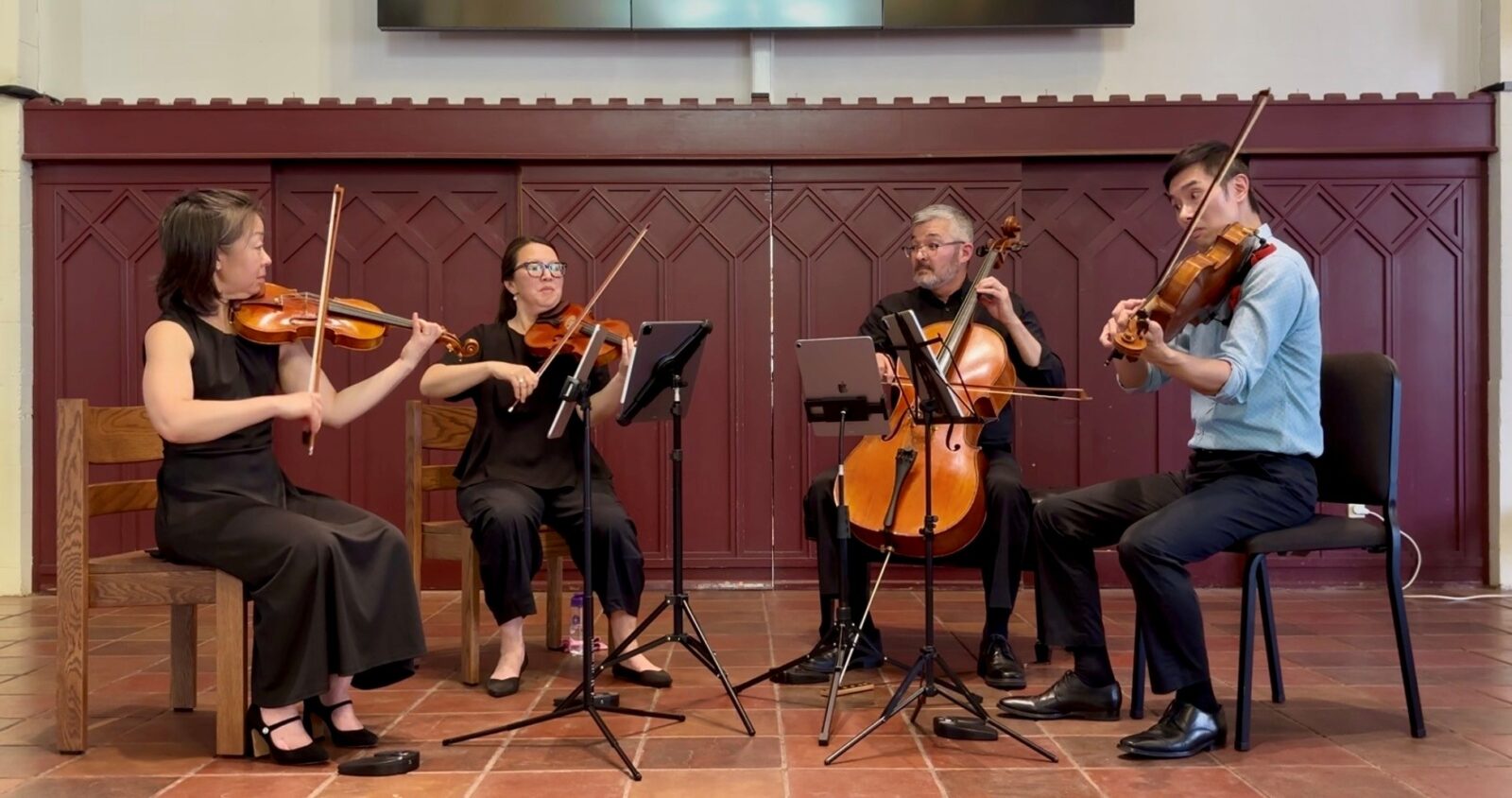
Just Play Concert: Exploring New Voices and Old Masters with the Tarka String Quartet
Thanks to a “Just Play” grant from ACMP, the Tarka String Quartet—Sue Soong and Julie Park on violin, Kevin Jim on viola, and Angus Davol on cello—recently shared a program in San Diego that reflected their passions: exploring new voices by women composers alongside the great works of the quartet tradition.Read More ↗
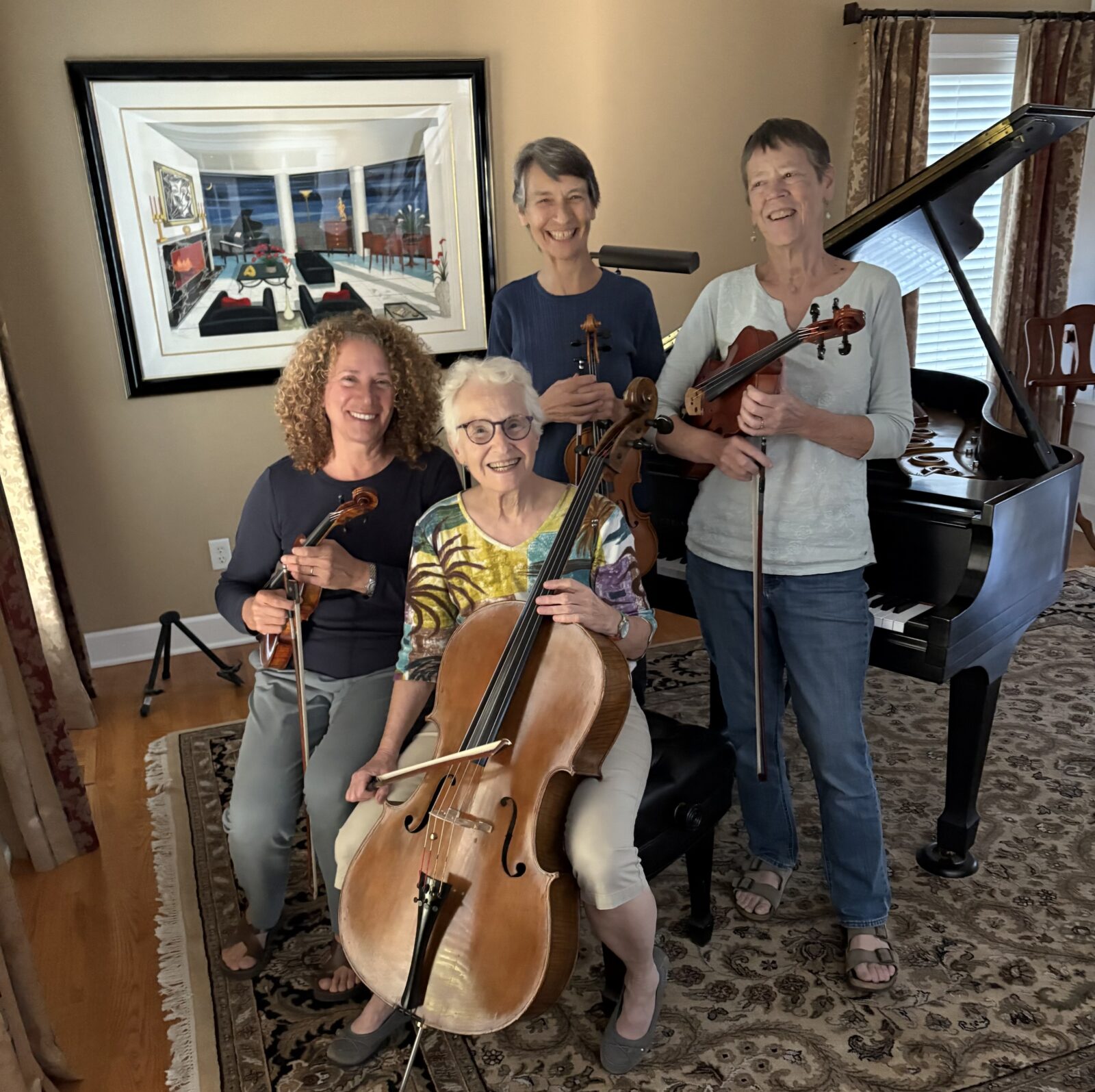
ACMP Members of the Month – October 2025
Playing in a regular string quartet is kind of like having a regular foursome in golf – everyone needs to be of roughly similar ability, and they also need to get along. When those two dynamics come together, the result can be a lasting chamber group that brings enduring friendships. Such is the case with our Members of the Month for October – Ruth Sklarsky, Barbara McIver, Ellen Henry and Kathy Lewis, residents of the Rochester, N.Y., area who have played in a string quartet for more than a decade. They got together and collectively answered a few questions about their musical journey.Read More ↗

ACMP Event: Meet Harumi Rhodes
Join ACMP’s Executive Director Stephanie Griffin on Saturday, November 1 at 2pm Eastern time for a lively discussion and Q and A with violinist Harumi Rhodes. Harumi is the daughter of two famous chamber musicians: Stephanie’s former viola teacher, Samuel Rhodes (Juilliard Quartet) and violinist Hiroko Yajima (Mannes Trio.) Find out more about Harumi’s early life in that celebrated chamber music milieu, and about her journey as she established her own career as the second violinist of the world-renowned Takács Quartet.Read More ↗
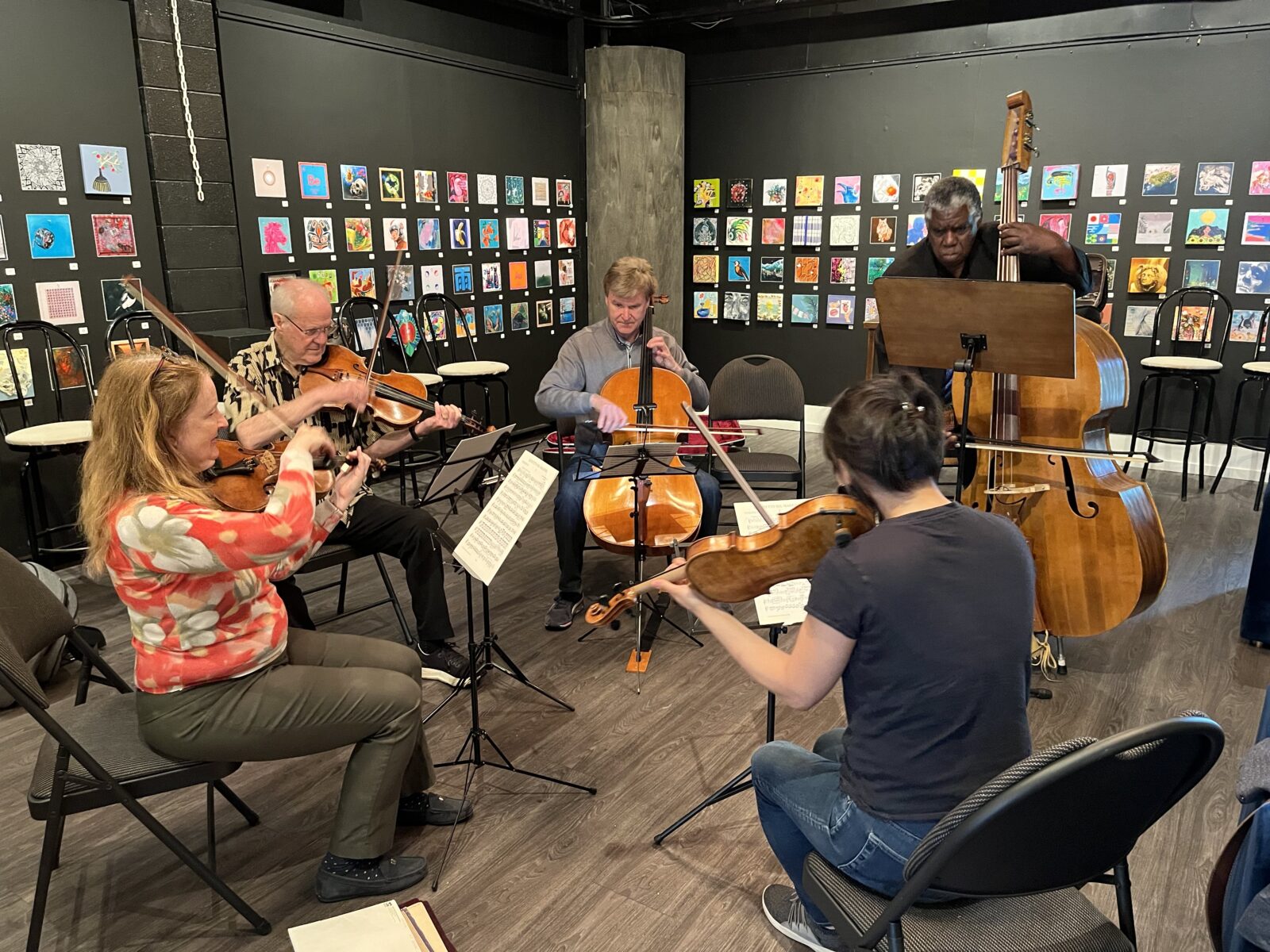
New guidelines for ACMP’s Workshop and Community Music Grant, deadline: October 24, 2025
ACMP's annual Chamber Music Workshop and Community Music grant cycle is open! Deadline: Friday, October 17. Read about the new guidelines and sign up for the Grant Information Session.Read More ↗

A weekend of music and renewal at Chautauqua
When you first set foot on the grounds of the Chautauqua Institution in southwestern New York, it’s easy to understand the lift in Arlene Hajinlian and Sonya Sutton’s voices when they speak about their summer homes, and why they would welcome a group of ACMP members for a weekend of music-making.Read More ↗
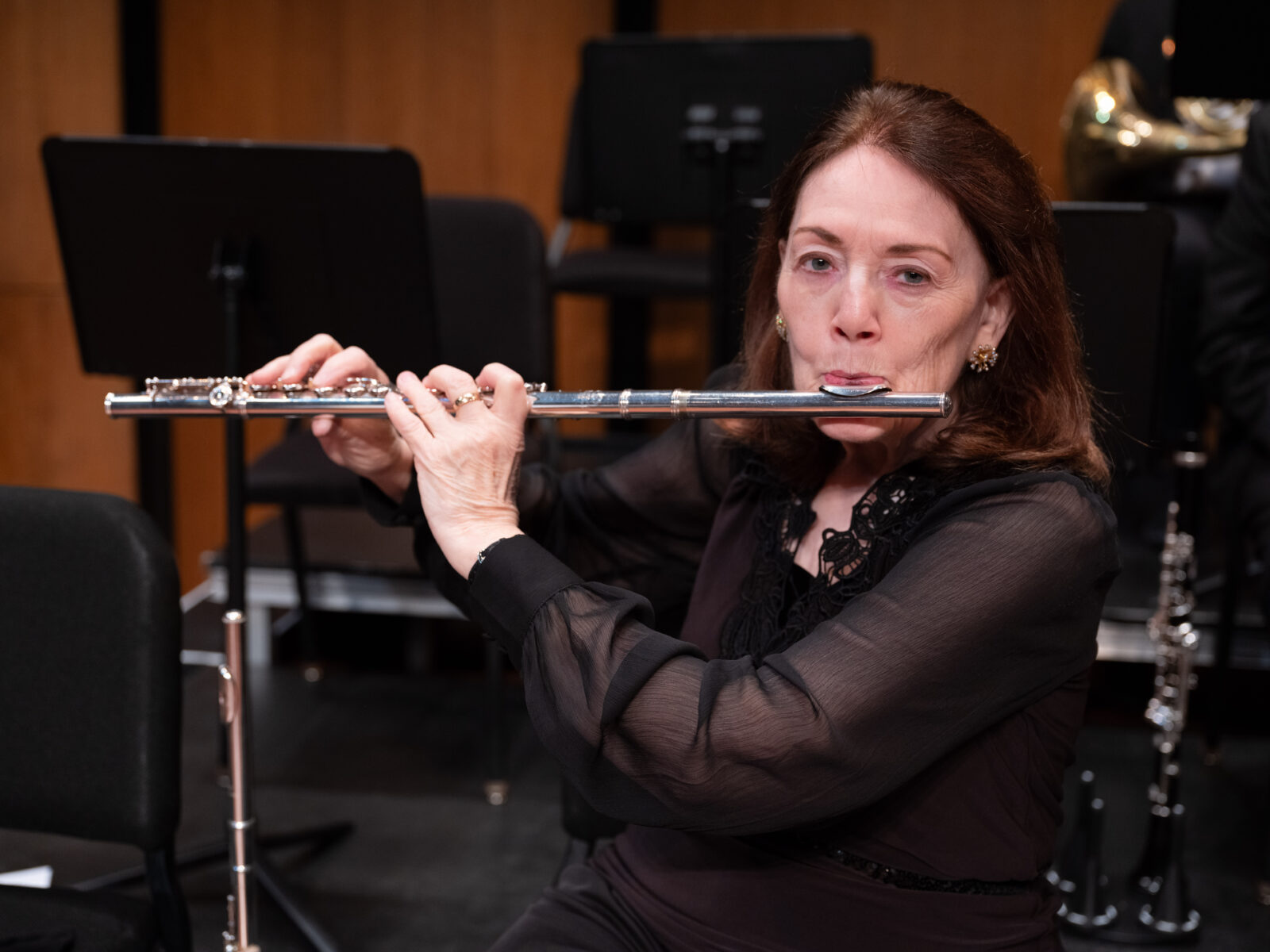
Optometrist by vocation, flutist by avocation
For someone who does not pay the rent as a musician, Pat Brown leads a full musical life with her flute. An optometrist by profession and a dedicated flutist, she has been a member of the Texas Medical Center Orchestra for more than 20 years, serving on the board and helping the group win national awards.Read More ↗
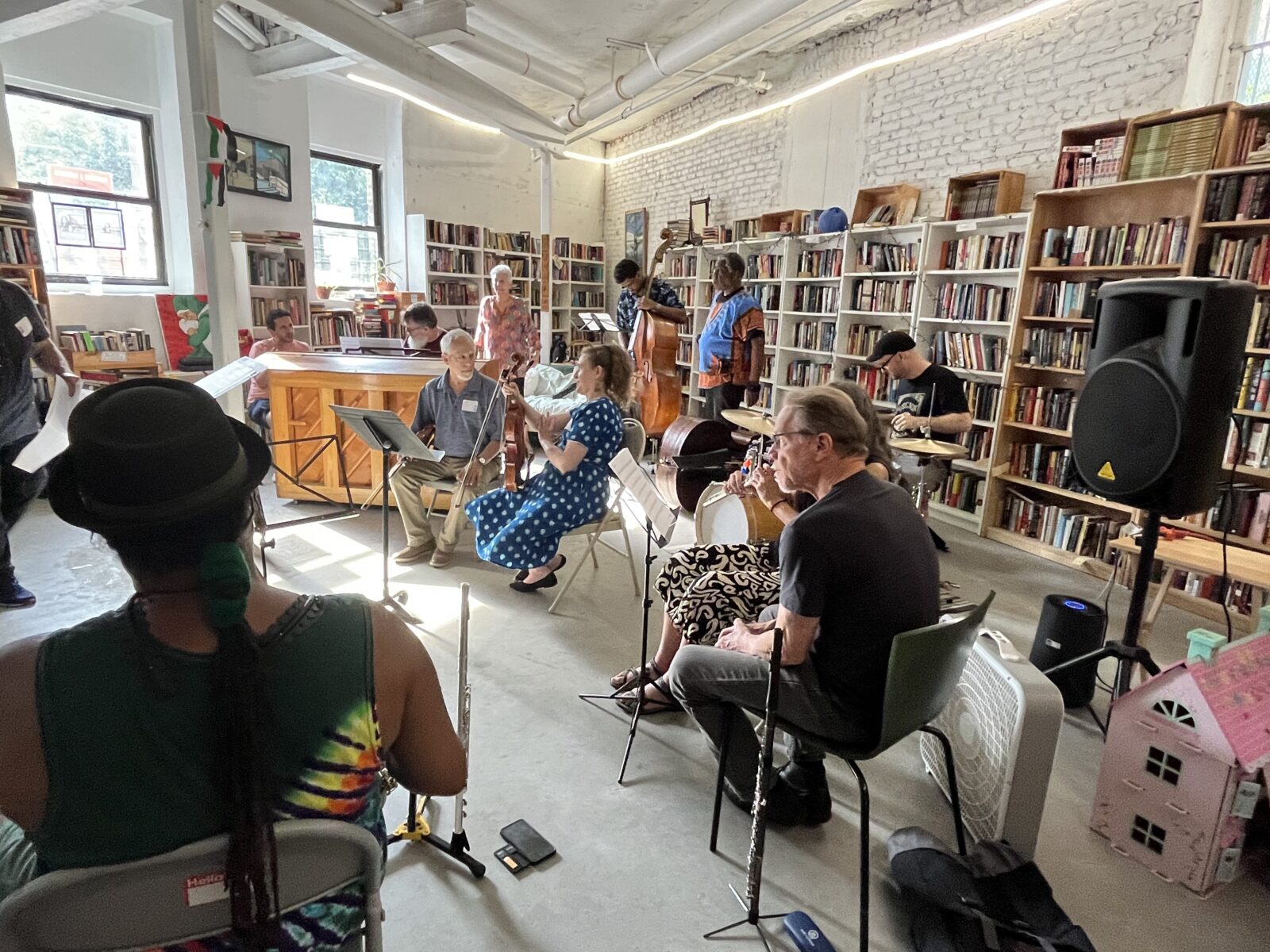
The Great American Play-In: Saturday, September 13 at Opera America
On Saturday, September 13 from 2 to 6pm, the American Composers Orchestra (ACO) and ACMP are hosting a fun and festive chamber music Play-In at Opera America (NYC), focused entirely on chamber music by twentieth-century and living American composers.Read More ↗

A professional pianist charts new musical paths with chamber music
When it comes to chamber music, ACMP pitches a big tent, from players just starting out to those rediscovering a passion for the music they played on their younger days. But ACMP’s membership also includes a thriving community of professionals — highly trained musicians who discover a community in ACMP that is hard to find elsewhere. Grace Shepard is one such professional living in South Florida and serving on ACMP’s North American Outreach Council.Read More ↗

How a cellist learned to love the viola, her way
Chicago-area cellist Ruth Rozen recounts her adventures with a vertical viola, opening the door to playing the inner voices in chamber music.Read More ↗
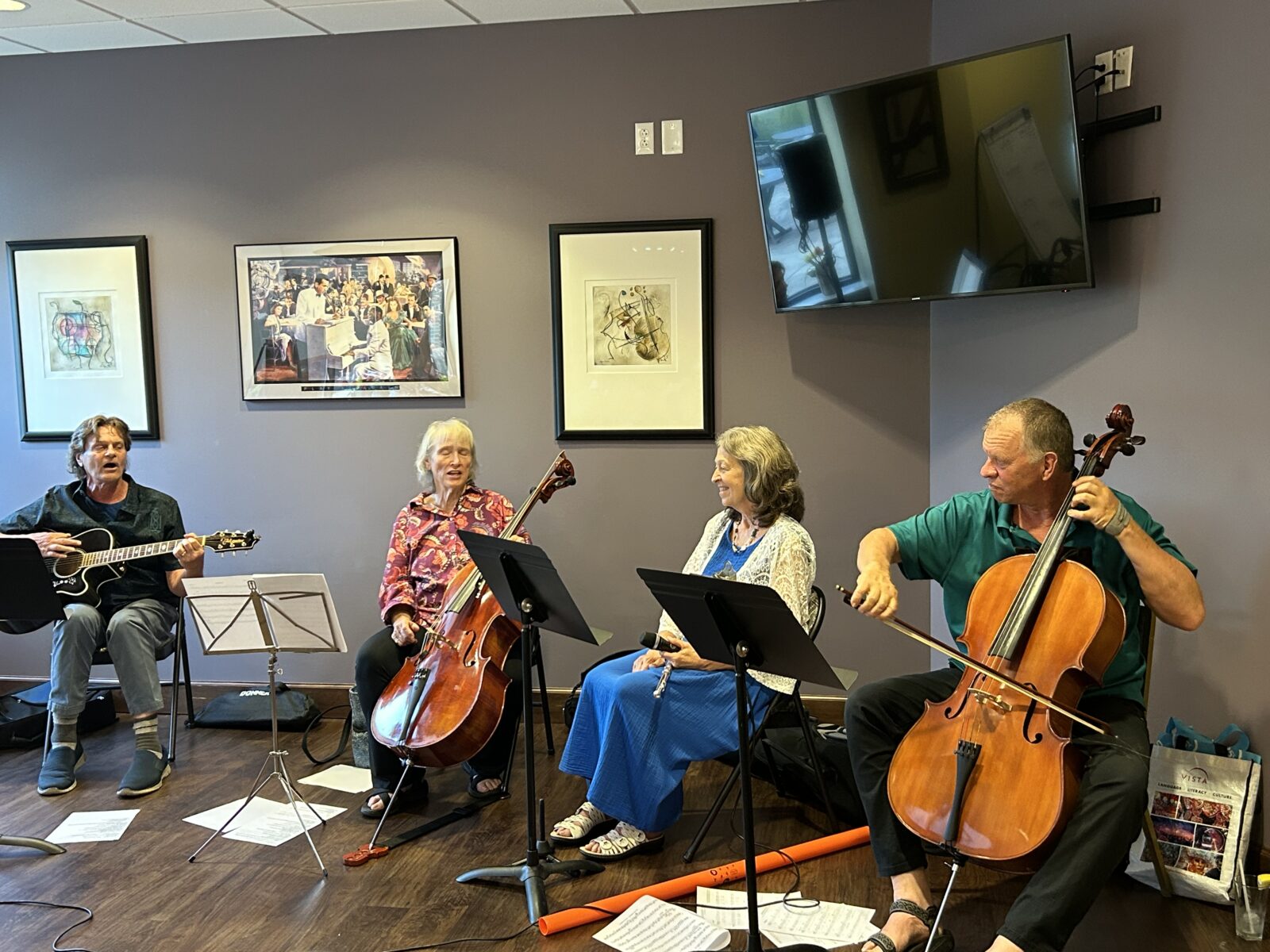
Tremendous Trivia Tunes: A Fundraiser for ACMP
Four members from DeKalb, Illinois tried a new method of fundraising for ACMP. They felt so grateful for ACMP's Home Coaching program and the wonderful teachers in our Coach Directory, that they came up with an innovative idea to give back to our community. They raised a little over $200.00, but the greatest part was how much fun they had doing it.Read More ↗

And the Play-Ins continued in June!
With ACMP's rapidly growing community of chamber musicians, Play-In season is never over! Read about two recent Play-Ins in June.Read More ↗
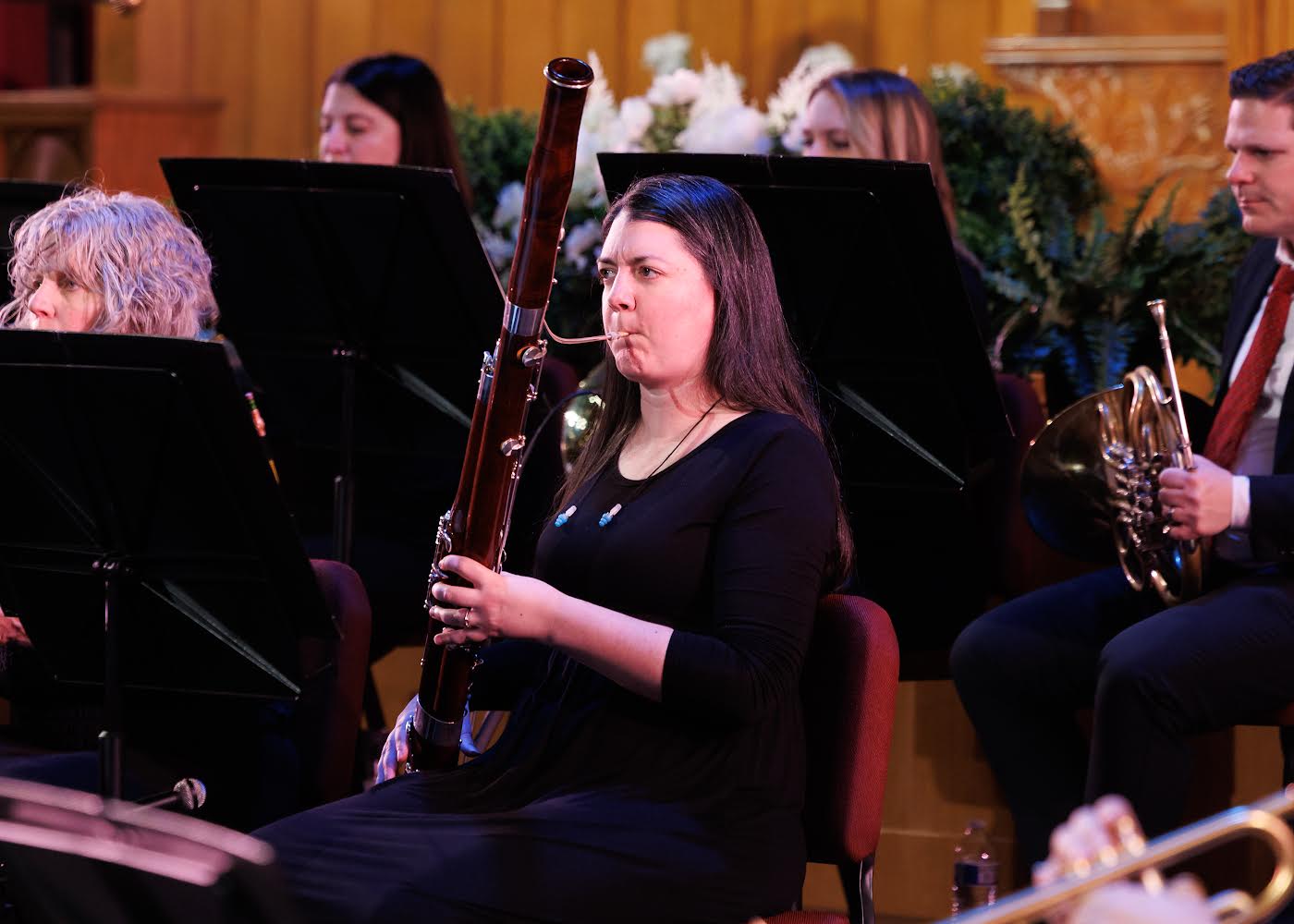
2025 News of Note Puzzle Contest Winner and Answers
Congratulations to bassoonist Jessi Vandagriff for winning this year's News of Note puzzle contest. And read more for the great puzzle answer reveal!Read More ↗
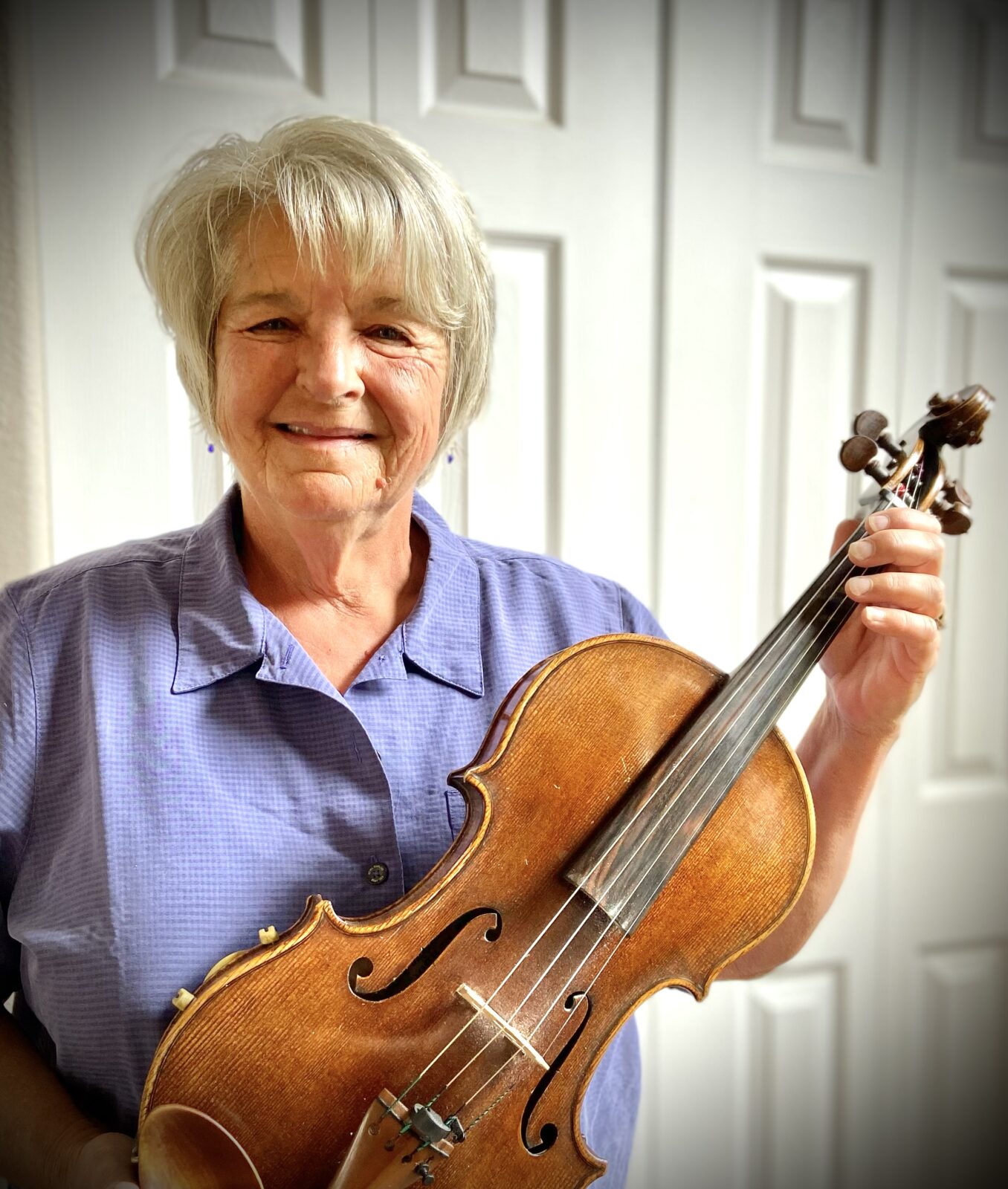
Member of the Month, July 2025: Cheryl Hite
The ranks of ACMP members are filled with professionals who began their college careers with the intent of pursuing music for a living, then for whatever reason moved into another career. Colorado-based violist Cheryl Hite is one of those musicians. A native of Detroit, she enrolled at Indiana University in the 1970s as a double major – biology and viola performance. Read her interview with ACMP Board Chair Bob Goetz.Read More ↗

The day my quartet played out of tune and almost got our host evicted
Chamber music can be a high stakes activity - play a bit out of tune, and your host could end up on the street. Read about one such close call in New York City.Read More ↗

News of Note 2025
It’s that time of year again! The web version of the 2025 News of Note is live, featuring updates from the past year—and some fun extras, including everyone’s favorite: a new puzzle. (Submit your answers by July 1!)Read More ↗
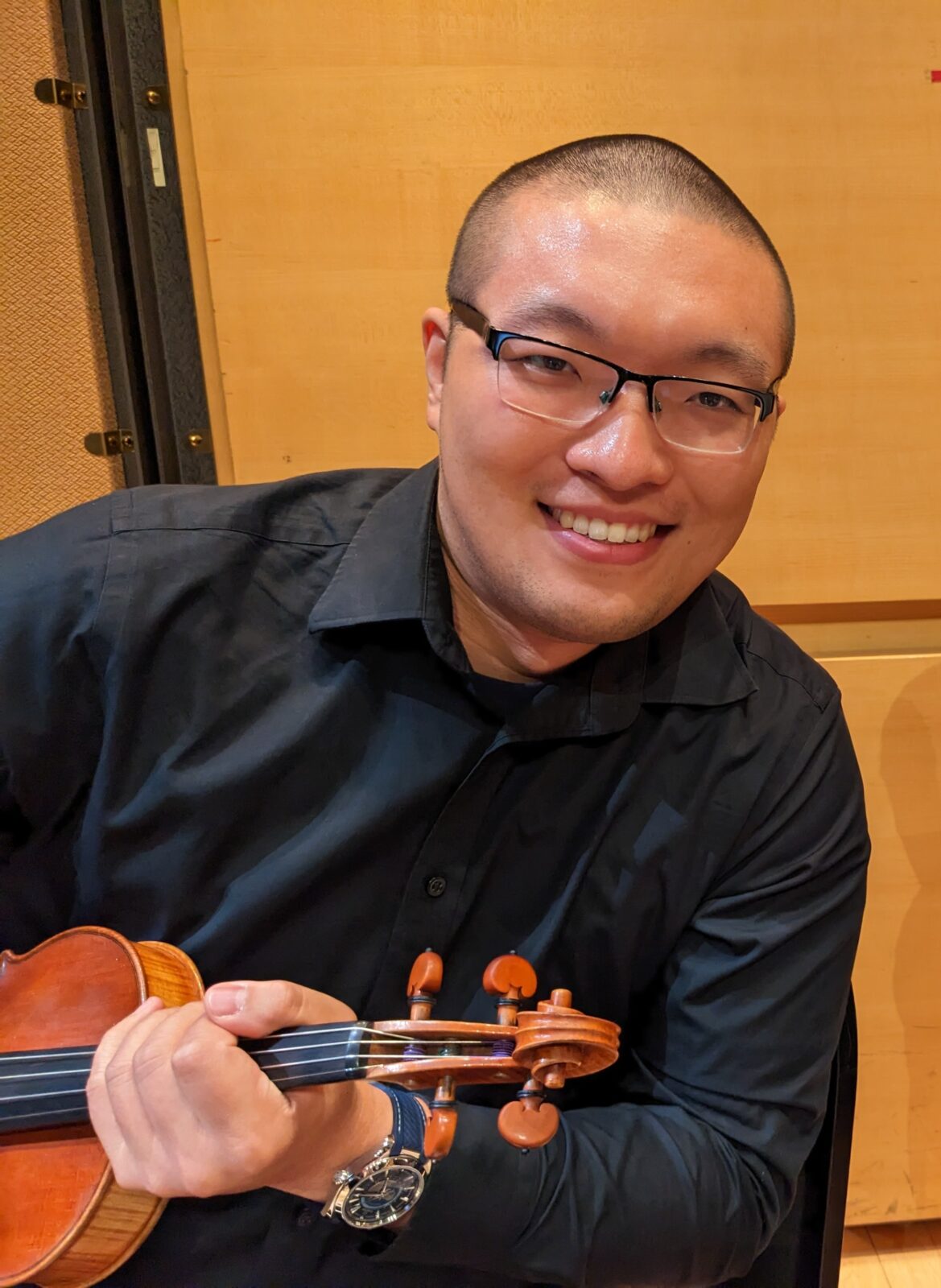
Member of the Month, June 2025: Frank Song
Frank Song, 28, may work remotely as a software engineer, but when it comes to music and the arts, he is all about being there, in person. With the flexibility to travel in his work, he seeks out concerts or museum exhibits in cities far beyond his home in Toronto. And while he’s at it, he takes along his violin to play chamber music. We caught up with Frank on a recent visit to New York, where he played chamber music with people he found through ACMP.Read More ↗